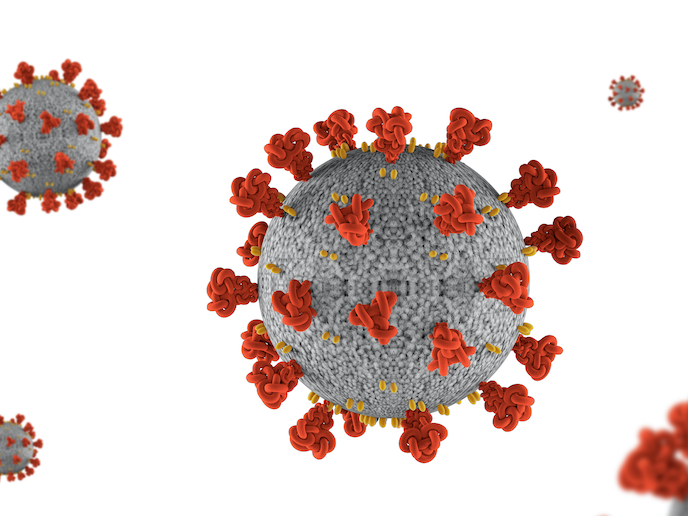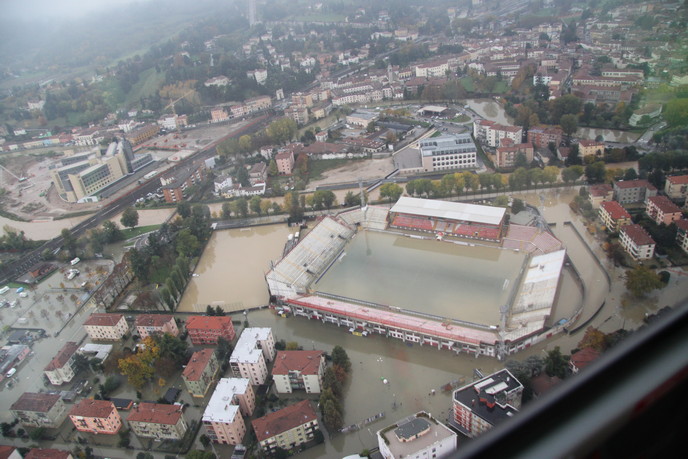Mathematical tools contribute to combating the pandemic crisis
In a globalised world, a disease can quickly escalate from a local outbreak to a full-blown pandemic – a fact made all too clear by the COVID-19 pandemic. Since the start of the pandemic, mathematical modelling tools have played an important role in understanding the way the disease spreads and measuring the effectiveness of various mitigation efforts. Take for example the EU-funded CAOS project. Undertaken with the support of the Marie Skłodowska-Curie Actions programme, the project aimed to better understand the conditions causing the pandemic to spread so quickly and evaluate containment and mitigation strategies. “Using COVID-19 as a case study, we set out to characterise the nature of the complex and stochastic epidemic-spreading process in contact networks,” says Bo Li, a scientist at Aston University and CAOS project researcher. “We put particular emphasis on the period when an individual is pre-symptomatic yet already infectious, which, along with human connectivity, was largely responsible for why the disease was able to spread so quickly before being widely realised,” adds David Saad, a professor at Aston University and CAOS project coordinator.
Mitigation strategies and testing
To carry out this study, Li and Saad relied heavily on advanced techniques from mathematics and theoretical physics. “These analytical techniques allowed us to develop efficient and accurate algorithms for solving complex epidemic-spreading models and for providing insight into the efficacy of various containment and mitigation strategies,” notes Saad. Simultaneously, ideas from information theory were found useful for resolving resource crises during the pandemic. For example, instead of the individual testing strategy widely used during COVID-19, the researchers advocated the use of group testing as a more efficient alternative. Also called pooling, group testing combines samples from multiple individuals into one pool, which is then tested using a single test per pool. “The use of group testing could result in a significant increase in testing capacity,” remarks Li. “It would therefore allow governments to stretch testing resources, which were in short supply during the early stages of the COVID-19 pandemic, a contributing factor to its rapid spread.” Through collaboration with a testing lab at the University of Birmingham, the researchers verified the efficacy of group testing for COVID-19 detection. The solution has since been presented to the United Kingdom’s COVID-19 Diagnostics Innovation Team for consideration, although it was ultimately not adopted for practical use in the United Kingdom.
Impact on other systems
Not only has the project addressed some characteristics of the pandemic, it also demonstrated how the use of advanced mathematical methods can help evaluate and mitigate the pandemic’s impact on, for example, health services and supply chains. “The potential of the spreading epidemic to cause avalanches in parallel, interacting systems also needs to be carefully examined and understood,” adds Saad. “Mathematical models and theoretical tools put us in a better position to evaluate, predict and contain all aspects of the outbreak,” concludes Li. Interestingly, these intricate theoretical tools are not just useful in one discipline. The researchers also found them to be applicable in other complex systems, such as analysing deep learning machines and solving difficult bi-level optimisation problems.
Keywords
CAOS, mathematical tools, mathematical modelling, pandemic, COVID-19, disease, epidemic







